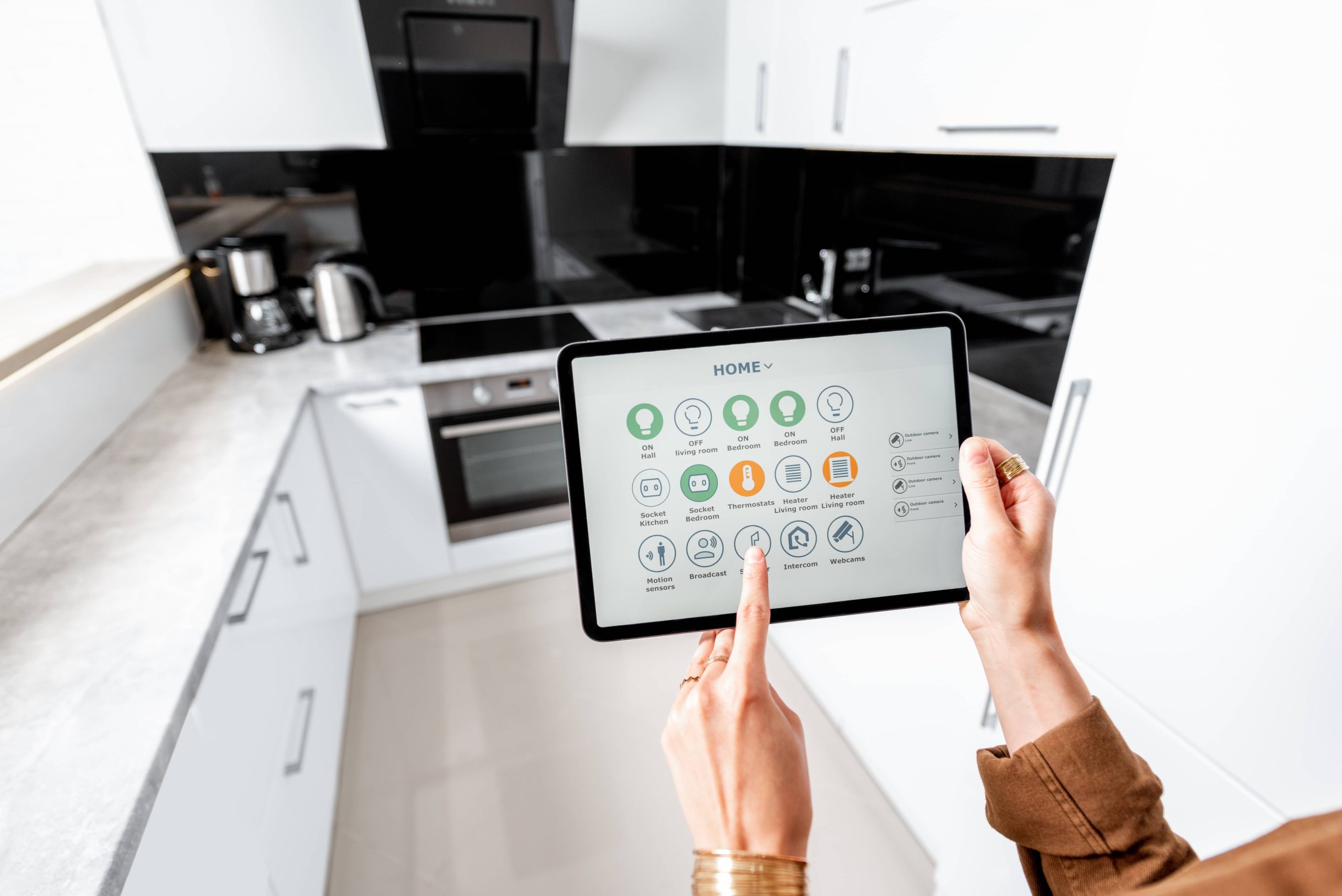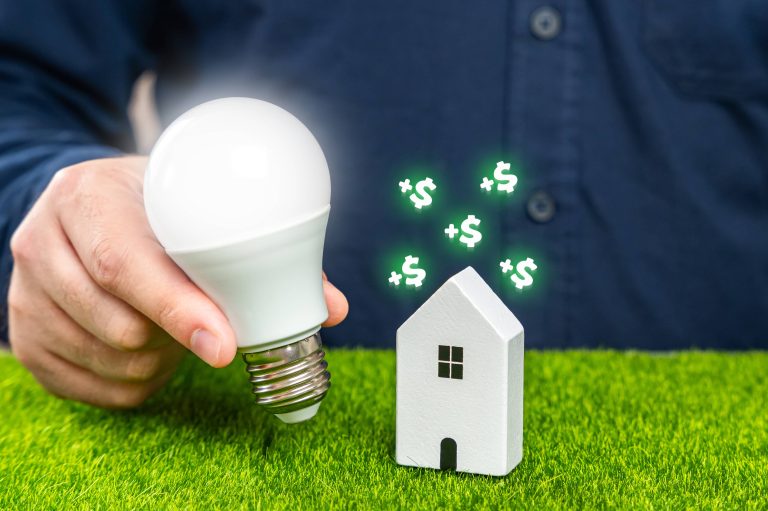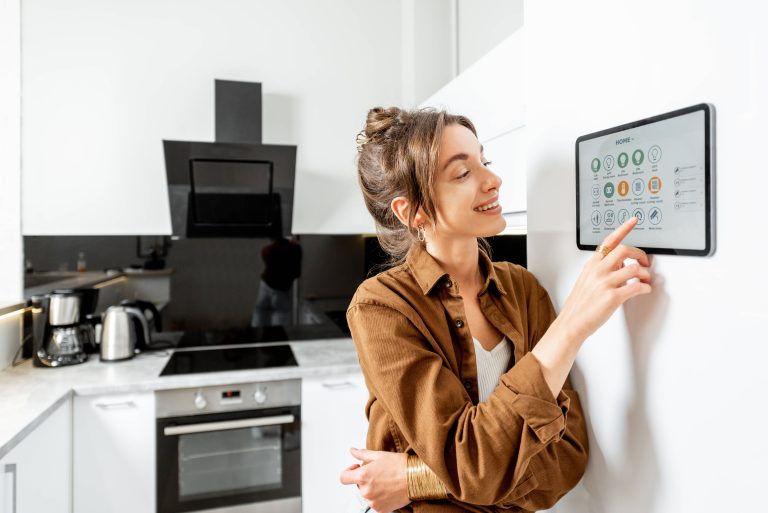
In today’s fast-paced world, the demand for energy-efficient and sustainable living has never been higher. Smart homes have emerged as a key solution to meet this need, offering a plethora of smart devices designed to enhance our everyday lives while helping us reduce our carbon footprint. One of the most compelling features of a smart home is the ability to automate and schedule tasks. By setting up smart home schedules, you can maximize efficiency, save on energy bills, and contribute to a more sustainable future. In this blog post, we’ll explore how to set up smart home schedules for maximum efficiency.
Understanding the Basics of Smart Home Scheduling
Before diving into the specifics, it’s essential to understand what smart home scheduling entails. Smart home scheduling involves programming your smart devices to operate at specific times or under certain conditions. This can be as simple as setting your lights to turn off at midnight or as complex as orchestrating multiple devices to perform a series of actions when you leave the house.
The primary goal of scheduling is to ensure that your home operates in the most energy-efficient manner possible, minimizing waste and optimizing performance. To get started, you’ll want to make sure you have a variety of smart devices that support scheduling. These may include smart thermostats, lights, plugs, appliances, blinds, and security systems.
Steps to Setting Up Smart Home Schedules
1. Evaluate Your Daily Routine
The first step in setting up smart home schedules is to evaluate your daily routine. Identify the times you wake up, leave the house, return home, and go to bed. Understanding your schedule will help you determine the best times for your devices to operate. For instance, if you wake up at 6:00 a.m., you may want your thermostat to start heating the house at 5:30 a.m. so it’s warm by the time you get out of bed.
2. Prioritize Energy-Intensive Devices
Next, prioritize energy-intensive devices. These are the devices that consume large amounts of energy and can greatly benefit from efficient scheduling. Examples of such devices include your heating, ventilation, and air conditioning (HVAC) system, water heater, washing machine, and dishwasher. By scheduling these devices to operate during off-peak hours or when you’re actually using them, you can significantly reduce your energy consumption.
3. Utilize Smart Thermostats
Smart thermostats are among the most effective devices for energy efficiency. They can learn your schedule and make adjustments automatically, ensuring your home is heated or cooled only when necessary. For maximum efficiency, set your thermostat to lower temperatures during the winter nights and higher temperatures during the summer days when you’re not home. Additionally, leverage geofencing features that adjust the temperature based on your proximity to the house.
4. Automate Lighting
Automating your lighting can also lead to substantial energy savings. Use smart bulbs or switches to schedule your lights to turn off automatically when not in use. For instance, set your indoor lights to turn off when you leave for work and turn on just before you return home. Similarly, schedule your outdoor lights based on local sunrise and sunset times to ensure they only operate when needed.
5. Coordinate Multiple Devices
For a truly efficient smart home, coordinate multiple devices to work together seamlessly. This is where smart home hubs come into play. Hubs like Amazon Echo, Google Nest Hub, or Samsung SmartThings allow you to create routines that involve several devices. For example, you can create a “Goodnight” routine that locks your doors, turns off the lights, lowers the thermostat, and ensures all appliances are off.
6. Integrate Window Blinds
Smart blinds can be scheduled to open and close at specific times, which can help regulate your home’s temperature naturally. For instance, during the summer, you can schedule your blinds to close during the hottest part of the day to keep the house cool and open in the evening when it’s cooler outside. Conversely, in the winter, you can open the blinds to let in natural sunlight and warmth, reducing the need for artificial heating.
7. Utilize Smart Plugs and Power Strips
Many households have multiple devices that remain in standby mode, constantly drawing power. Smart plugs and power strips can be scheduled to cut off power to these devices when they’re not in use, saving energy. For example, you can connect your home entertainment system or computer setup to smart plugs and schedule them to turn off automatically at bedtime.
8. Monitor and Adjust
Setting up schedules is not a one-time task. It’s crucial to continuously monitor the performance of your scheduled devices and make adjustments as necessary. Most smart devices come with companion apps that provide detailed insights into energy consumption. Use this data to fine-tune your schedules for optimal efficiency.
Emphasize Sustainability
Beyond just saving on energy bills, smart home scheduling emphasizes sustainability. Every bit of energy saved contributes to reducing your carbon footprint. Consider integrating renewable energy solutions such as solar panels with your smart home system. Schedule energy-intensive tasks like running the dishwasher or washing machine during peak solar production hours to maximize the use of clean energy.
Conclusion
By setting up smart home schedules, you can significantly enhance the efficiency of your household, save on energy costs, and contribute to a more sustainable environment. Start by evaluating your daily routine, prioritize energy-intensive devices, and leverage the full capabilities of smart thermostats, lighting, and other connected devices. Continuously monitor and adjust your schedules to ensure you’re achieving maximum efficiency. Embrace the transformation towards a smarter, greener home – your wallet and the planet will thank you.







